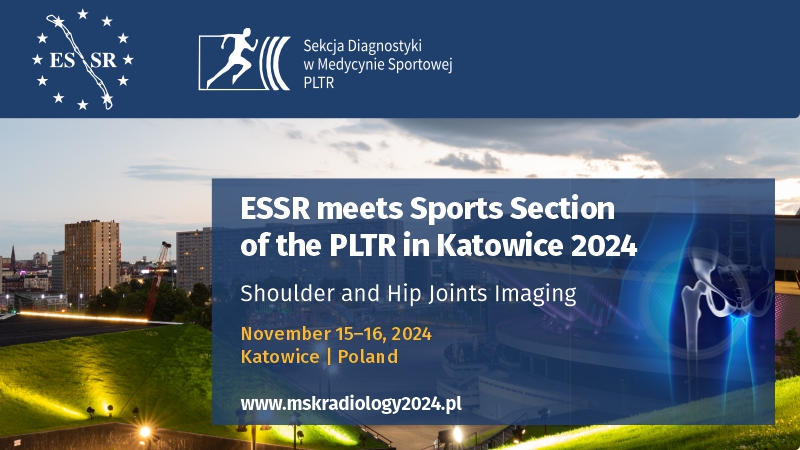Is pneumoperitoneum the terra ignota in ultrasonography?
Andrzej Smereczyński, Katarzyna Kołaczyk
 Affiliation and address for correspondence
Affiliation and address for correspondenceIn most cases, pneumoperitoneum is caused by gastrointestinal perforation, which usually requires surgical treatment. Many authors believe that ultrasound imaging of pneumoperitoneum is at least as effective as conventional radiography, or even that its efficacy is superior. In such a situation, it is imperative to make this modality one of the main tools in the diagnostic arsenal of emergency medicine. This is the main aim of this paper. First, ultrasound anatomy of so-called thoracic-abdominal border is discussed. The equipment requirements emphasize that the diagnostic process can be conducted with the simplest portable US scanner, even without the Doppler mode. The technique of a US examination, the aim of which is to detect, free air in the peritoneal cavity is also simple and conducted with the patients lying down, either in the supine or lateral position. A convex transducer with the frequency of 3.5–5 MHz is applied above the lower intercostal spaces on the right and left side, to the epigastric region below the xiphoid process and in various sites of the abdominal wall. The most effective examination, however, is conducted in the left lateral position via the right intercostal spaces. The differential diagnosis on the right side under the diaphragm should include the presence of a subdiaphragmatic abscess with gas and a hepatic abscess with a similar content as well as transposition of the colon in between the diaphragm and the liver (Chilaiditi syndrome). It seems that the inclusion of a US examination to the E-FAST method in order to detect free gas in the peritoneal cavity is justified since it is a sign of gastrointestinal perforation in numerous cases, and is clinically as relevant as the presence of free fluid.








